The Pros and Cons of AI in Art: Will Robots Take Over?
Artificial intelligence (AI) is rapidly changing the world as we know it, and the art industry is no exception. AI has become a valuable tool for artists, allowing them to create unique pieces that were once impossible. However, with...
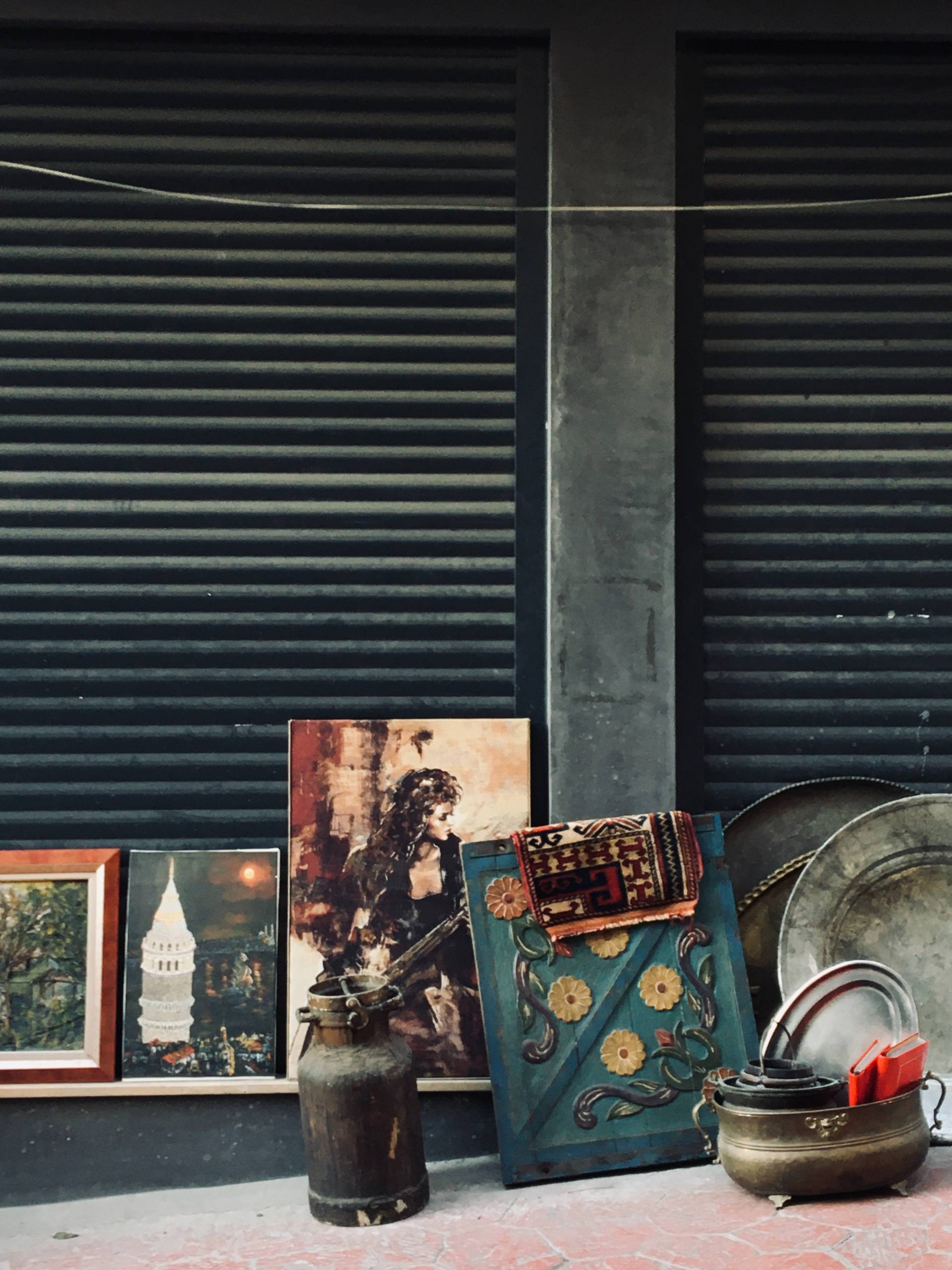
Artificial intelligence (AI) is rapidly changing the world as we know it, and the art industry is no exception. AI has become a valuable tool for artists, allowing them to create unique pieces that were once impossible. However, with this new technology comes concerns about its impact on traditional art and whether robots will eventually replace human artists.
While some view AI as a threat to creativity and human expression in art, others see it as an opportunity to push artistic boundaries and explore new forms of creation. In this article, we will explore both the pros and cons of AI in art and examine whether or not robots will take over the industry. Before we answer “will ai replace artists?’, we should discuss some advantages and disadvantages.
The Advantages of AI in Art
While AI in art may seem like a threat to artists, it actually offers numerous advantages. One of the main benefits is increased efficiency and productivity. Machines can produce large amounts of work in a short amount of time, freeing artists to focus on other aspects of their craft.
Another advantage of AI in art is its ability to enhance creativity. With machine learning algorithms, AI can analyze vast amounts of data and offer suggestions that could lead to new creative directions for artists. This technology also allows for the creation of art that would be impossible for humans to produce on their own.
At the end of the day, while there are concerns about whether or not AI will replace artists entirely, it’s important to recognize the benefits it brings to the table. By embracing this technology and using it responsibly, artists can continue creating amazing works while also pushing artistic boundaries thanks to technological innovation.
The Disadvantages of AI in Art
While AI has undoubtedly brought about many advancements in the world of art, it is not without its limitations. One major disadvantage of AI in art is the fear that it will replace human artists altogether. While machines may be able to create art at a faster rate and with greater precision than humans, they lack the emotional depth and intuition that is inherent in human creativity.
Furthermore, AI-generated artwork lacks the soul and individuality that comes from an artist’s personal experiences and perspectives. While AI may be able to replicate certain styles or techniques, it cannot truly capture the essence of what makes a piece of art unique. This could lead to a homogenization of artistic expression if machines become too heavily relied upon.
Finally, there are concerns about the ethics of using AI in art, particularly when it comes to ownership and intellectual property rights. If an AI system creates a work of art, who owns the copyright? If these issues are not addressed properly, it could lead to legal disputes and undermine the integrity of both traditional and digital forms of art creation.
The Future of AI in Art
AI in art has been a hot topic for quite some time now. While the technology is still in its infancy, AI has already proven to be capable of creating incredible pieces of art. Some experts believe that AI will completely replace artists in the future, while others argue that it will only serve as a complementary tool for human creativity.
One of the biggest advantages of using AI in art is that it can take care of repetitive and monotonous tasks such as color correction, image retouching, and background removal. This allows artists to focus on more meaningful aspects of their work and come up with more creative solutions. However, there are also concerns regarding the ethical implications of using AI in art since it raises questions about authorship and authenticity.
Another downside to relying solely on AI for artistic creations is the lack of emotional intelligence and empathy that machines possess. Artistic expressions often convey emotions that humans can relate to deeply; however, machines simply cannot replicate this aspect yet. Therefore, although AI may provide useful tools for aiding human creativity or making certain tasks easier or even automated completely – we believe that it’s unlikely to fully replace artists anytime soon.
The Role of Human Creativity in Art
The debate over whether AI will replace artists is a highly complex and nuanced one. On the one hand, AI technology has made significant strides in recent years, with algorithms capable of producing artwork that rivals the work of human artists. However, many argue that there is still a fundamental difference between art created by humans and that produced by machines.
One of the key arguments for the continued importance of human creativity in art is the idea that art is ultimately a reflection of human experience and emotion. While machines may be able to produce aesthetically pleasing works, they lack the ability to imbue their creations with deeper meaning or emotional resonance. In other words, while AI-generated art may look good on screen (or paper), it lacks the intangible quality that makes great art truly great.
Another argument against the idea of AI replacing artists is simply the fact that many people derive joy from creating things themselves. The act of making something with your own hands can be deeply satisfying and rewarding, even if the end result isn’t perfect or technically proficient. For many artists (and non-artists alike), this process is an essential part of what makes creating art so enjoyable – something that no machine could ever replicate.
The Importance of Balancing Technology and Artistic Expression
The use of technology in art has been on the rise for the past few years, with Artificial Intelligence (AI) taking center stage. Despite its many benefits, there are growing concerns about whether AI will take over traditional artistic expression or not. While AI can create art based on patterns and algorithms, it lacks the emotional intelligence that human beings possess.
Artistic expression is a way of communicating emotions and ideas through a medium such as music, painting, or writing. The beauty of art lies in its subjectivity – different people interpret it differently. Art evokes feelings and emotions that cannot be replicated by machines. However, with advancements in AI technology, there is a concern that artists could be replaced by robots programmed to create art.
It’s important to find a balance between technology and artistic expression because both have unique qualities that complement each other. Technology can help enhance an artist’s creative process by providing tools to experiment with new techniques and mediums. At the same time, artists need to retain control over their creations and prioritize emotion over automation. Ultimately, the use of technology should not replace human creativity but rather enhance it to create something truly unique and valuable for society.
![]()
Danial Ahmed
Danial Ahmed: Entrepreneur, Director of Danson Marketing LTD. Driving business success through strategic marketing, innovative solutions, and customer-centric approaches.

 FrankLin
FrankLin 







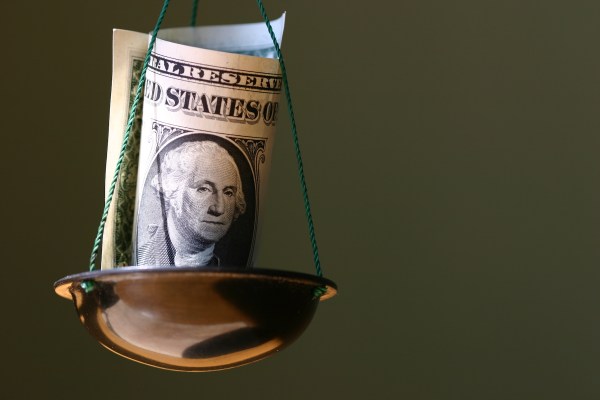



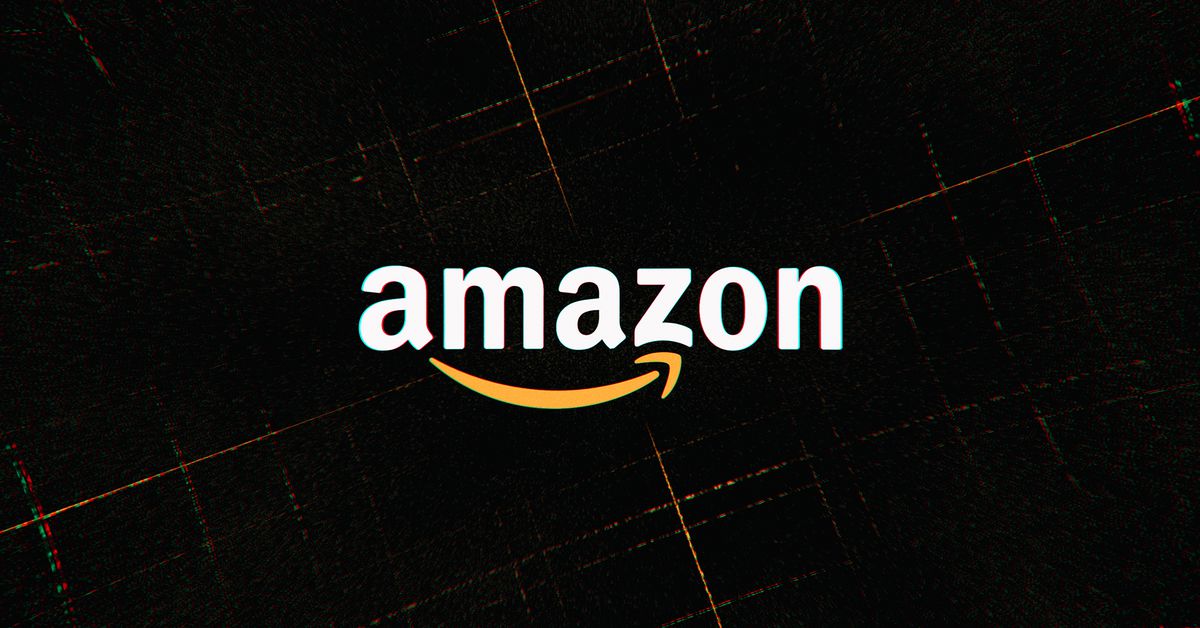











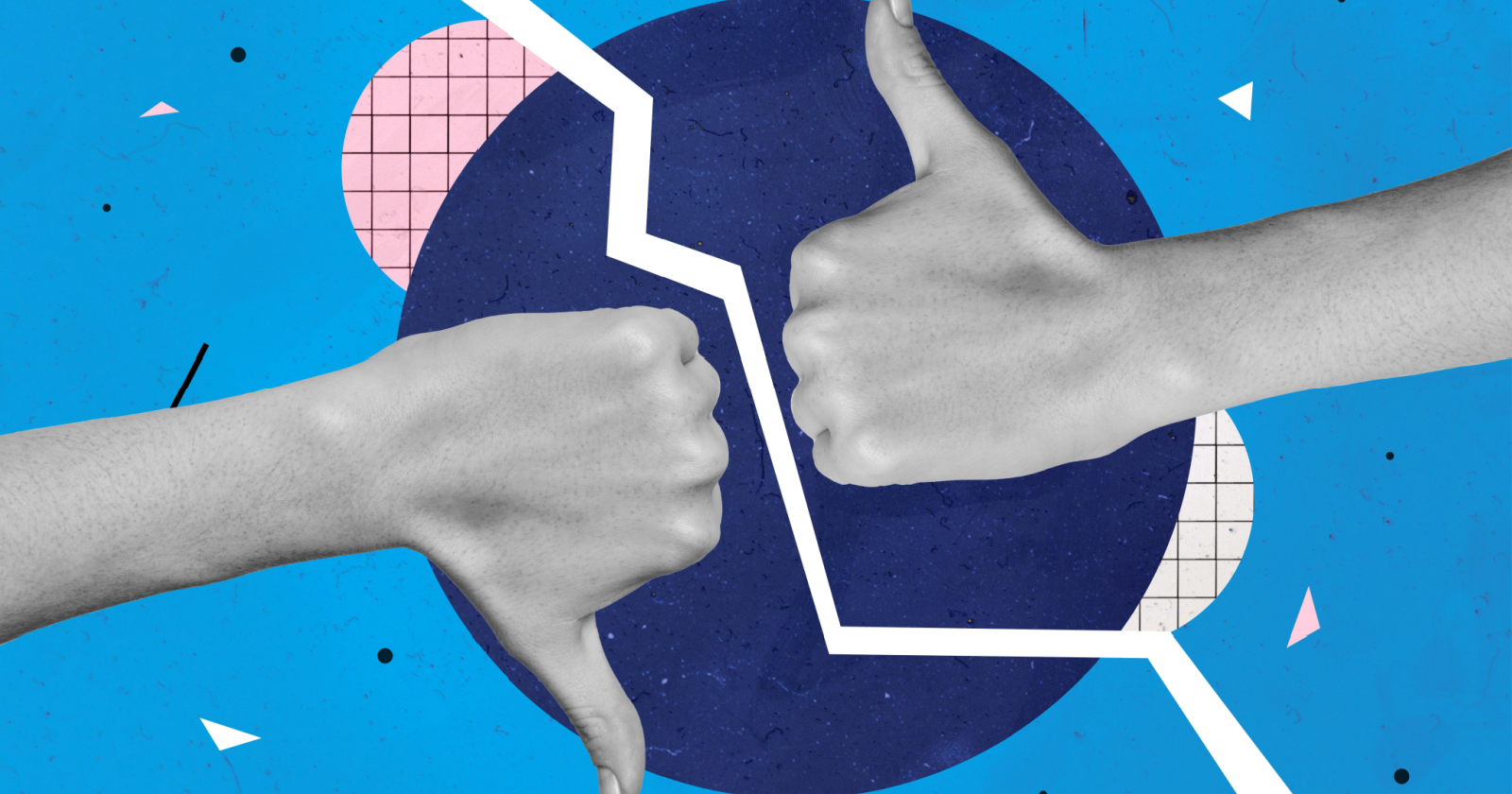



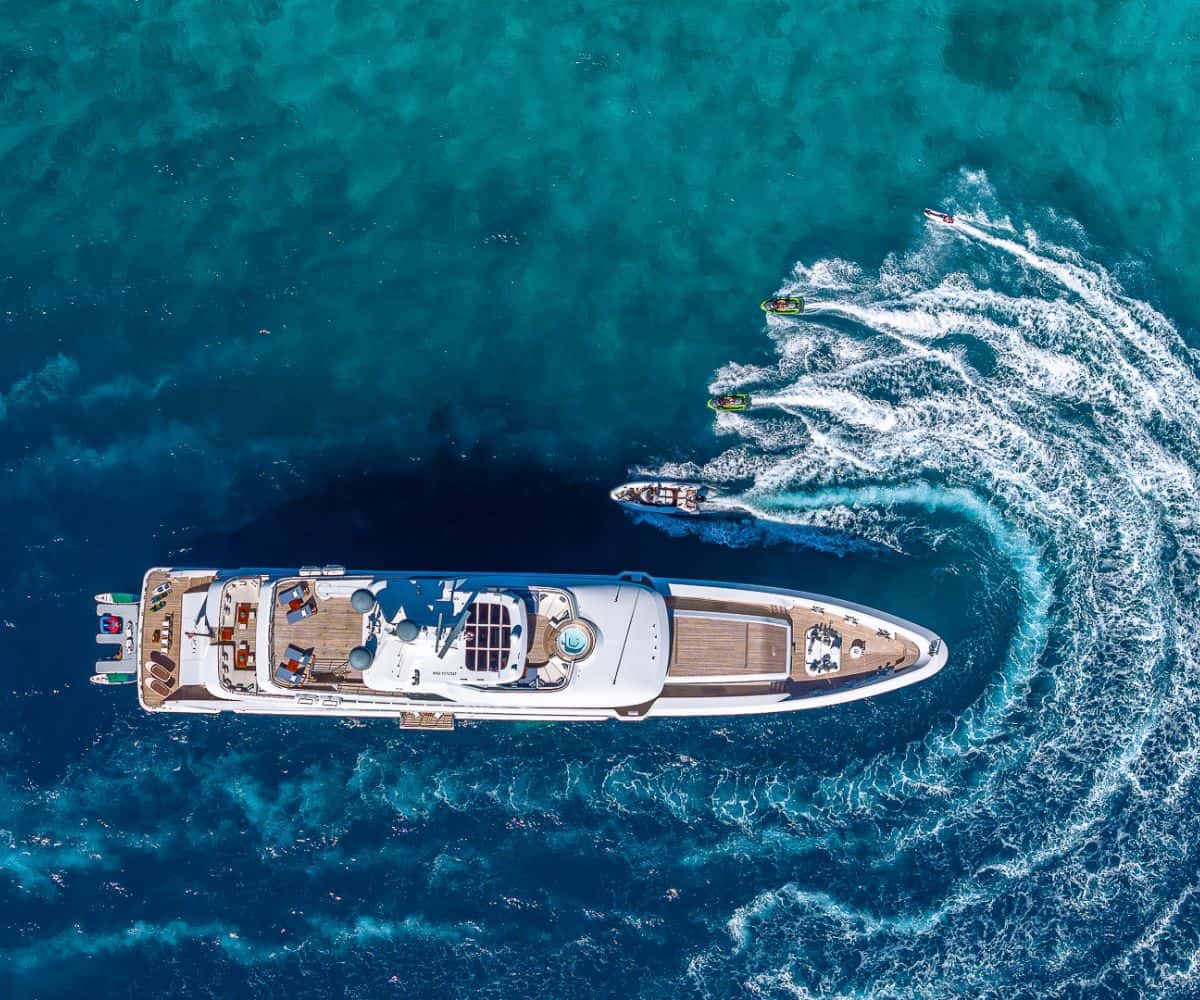

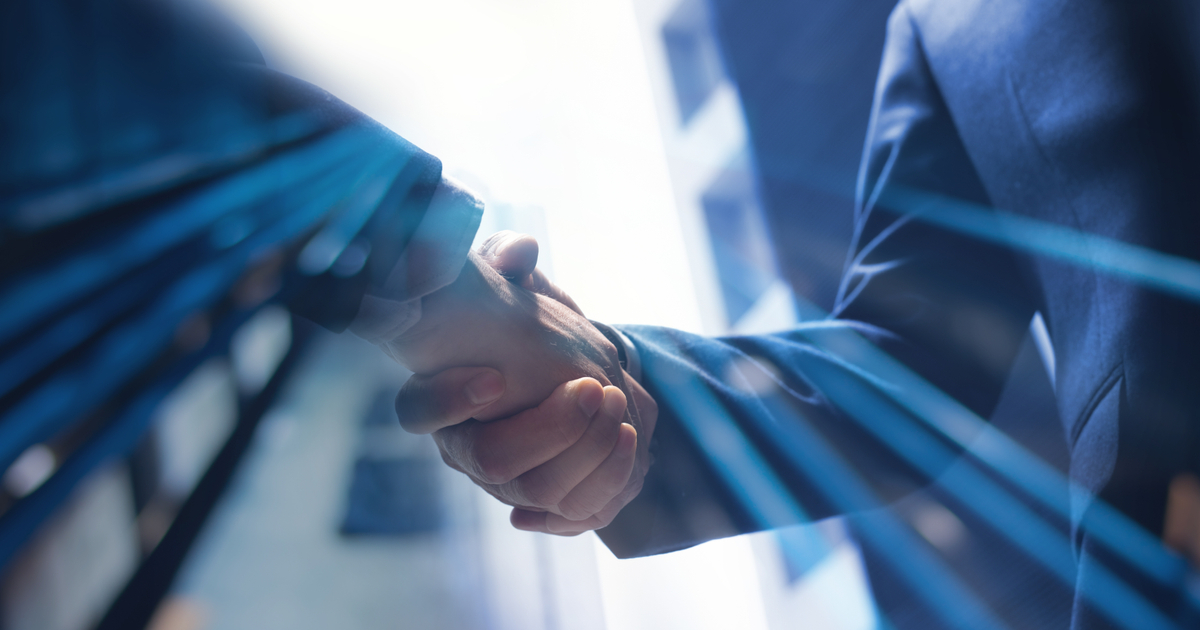
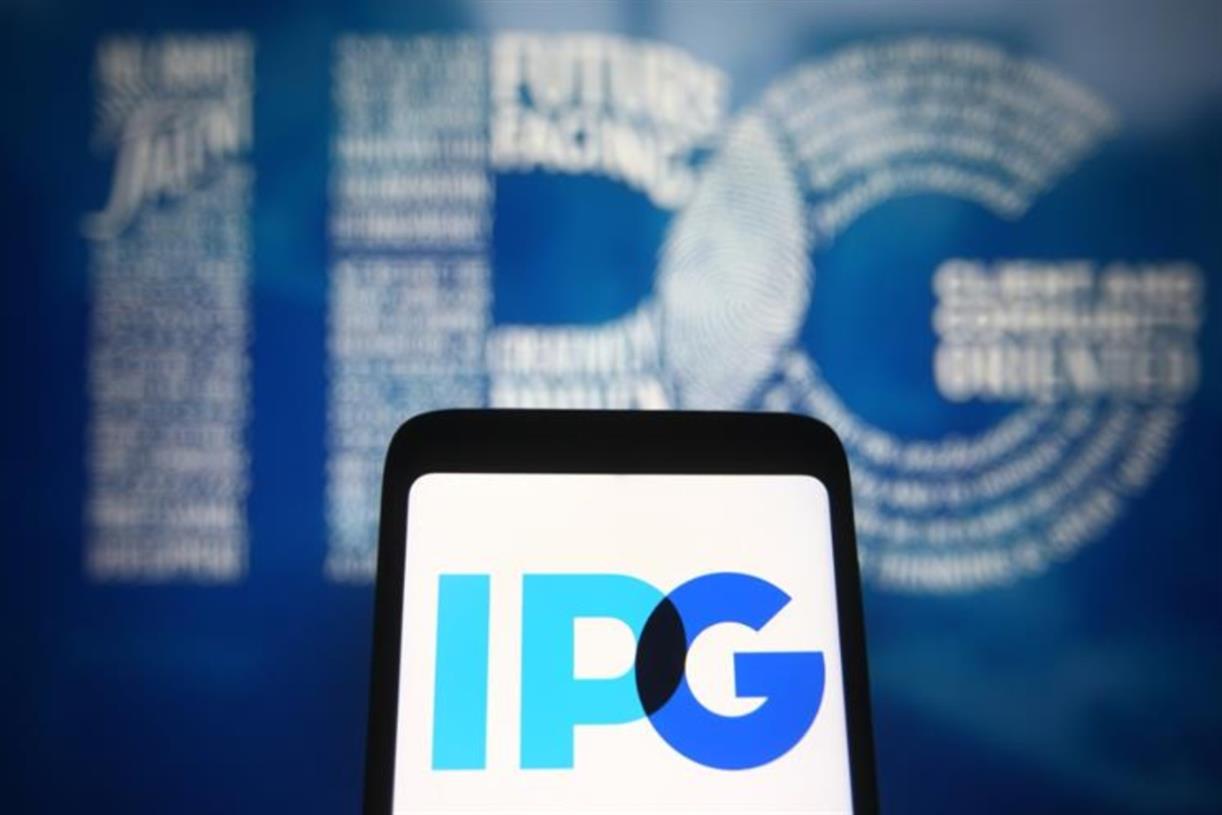
![AI Search is Here: Make Sure Your Brand Stands Out In The New Era Of SEO [Webinar] via @sejournal, @lorenbaker](https://www.searchenginejournal.com/wp-content/uploads/2025/07/2-43.png)
